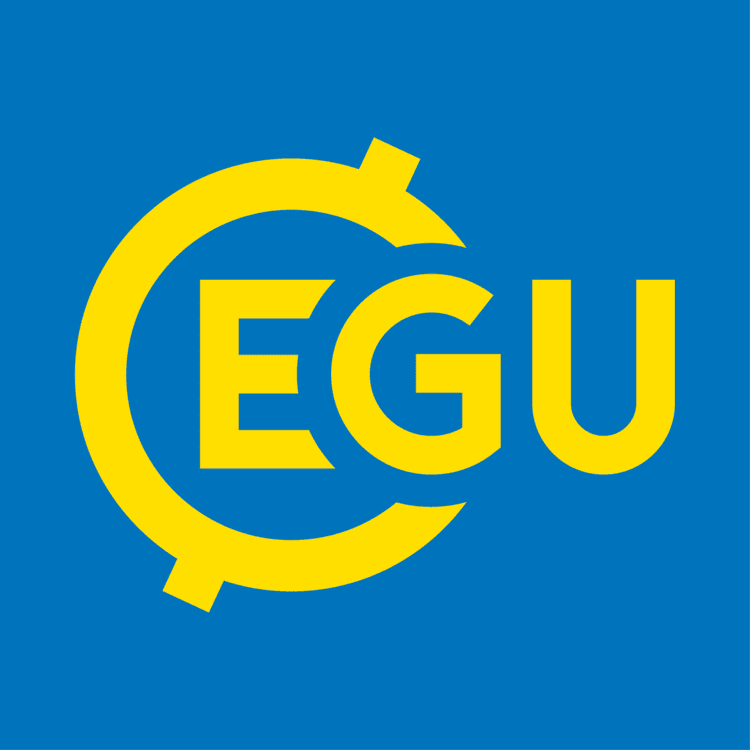Membership (2012) Over 11,000 members Website www.egu.eu President Hans Thybo Type Nonprofit organization | Vice-president Günter Blöschl Founded 7 September 2002 | |
 | ||
Formation September 7, 2002; 14 years ago (2002-09-07) Purpose Dedicated to the pursuit of excellence in the geosciences and the planetary and space sciences for the benefit of humanity Profiles | ||
European geosciences union 2015 inmersive world
The European Geosciences Union (EGU) is a non-profit international union in the fields of Earth, planetary, and space sciences. The organization has headquarters in Munich (Germany). Membership is open to individuals who are professionally engaged in or associated with these fields and related studies, including students and retired seniors.
Contents
The EGU publishes 16 open-access scientific journals and organises a number of topical meetings, as well as education and outreach activities. Its most prominent event is the EGU General Assembly, an annual conference that brings together over 11,000 scientists from all over the world. The meeting’s sessions cover a wide range of topics, including volcanology, planetary exploration, the Earth’s internal structure and atmosphere, climate change, and renewable energies.
The EGU has 22 scientific divisions that reflect the interdisciplinary nature of the organization.
History
The EGU was established by the merger of the European Geophysical Society and the European Union of Geosciences on 7 September 2002. Council members of the two organisations came together at Hotel Platzl in Munich, Germany, to sign the Union into existence. The final stages of the merger were completed on 31 December 2003.
Publications
EGU publishes books and other materials available in paper and online. Since 2001, the EGU and Copernicus Publications have published a growing number of peer-reviewed open-access scientific journals:
Meetings
The European Geosciences Union convenes a yearly General Assembly. At the 2013 meeting in Vienna, there were 4,684 oral, 8,207 poster presentations and 452 interactive content (PICO) presentations. Over 11,000 scientists from 95 countries participated in the conference Abstracts of presentations are published in the Geophysical Research Abstracts (print: ISSN 1029-7006, online: ISSN 1607-7962).
Awards
The EGU awards a number of annual medals to recognize scientific achievements. Four of these medals are at union level: the Arthur Holmes Medal for Solid Earth Geosciences, the Alfred Wegener Medal for atmospheric, hydrological, or ocean sciences, the Jean Dominique Cassini Medal for planetary and space sciences, and the Alexander von Humboldt Medal for scientists from developing countries (with emphasis on Latin America and Africa), who have achieved exceptional international standing in geosciences and planetary and space sciences, defined in their widest senses. In addition there are four Arne Richter Awards for Outstanding Young Scientists (formerly Outstanding Young Scientist Award), selected from the Division level Outstanding Young Scientists Award Winners.
At division level there are 29 medals for outstanding scientists. Each year Outstanding Student Poster Awards are selected for participating divisions.
